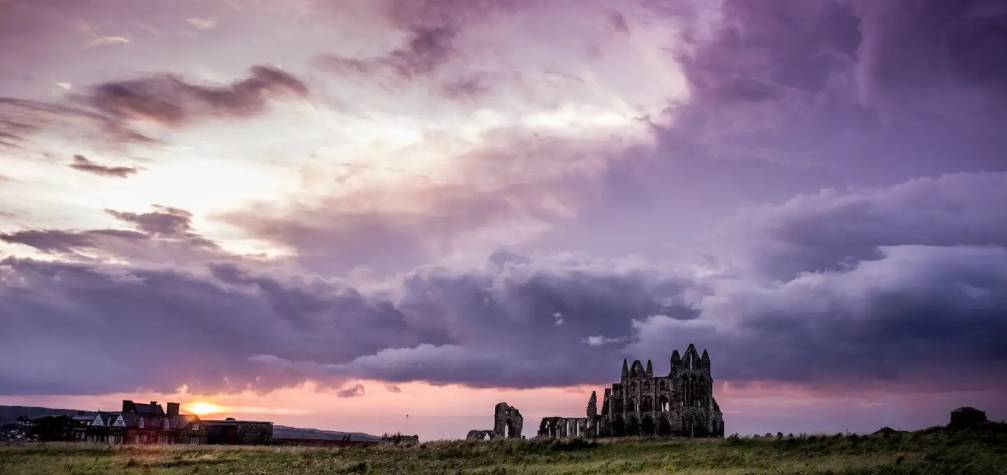Natural Architecture: Exploring the Beauty of Organic Structures
5 min read
31 Mar 2025
Architecture has long been associated with the creation of rigid, man-made structures that stand in contrast to the natural world. However, a growing movement in architecture seeks to bridge the gap between the built environment and nature by embracing organic forms, sustainable materials, and innovative design principles. Natural architecture, also known as organic architecture, celebrates the beauty and harmony that can be found in structures that coexist with, and often mimic, the natural world. In this exploration of natural architecture, we delve into the fascinating world of organic structures that blend seamlessly with their surroundings while embodying sustainability and aesthetic wonder.
1. Frank Lloyd Wright's Fallingwater
One of the most iconic examples of natural architecture is Fallingwater, designed by the legendary American architect Frank Lloyd Wright. Completed in 1937, this masterpiece is a testament to Wright's philosophy of organic architecture. The house is built over a waterfall in rural Pennsylvania and seems to grow organically from the rocks and trees that surround it. Fallingwater's cantilevered balconies and open floor plan offer uninterrupted views of the forest and water, blurring the line between interior and exterior spaces.

2. The Eden Project, United Kingdom
The Eden Project, located in Cornwall, United Kingdom, is a remarkable demonstration of natural architecture's commitment to sustainability. Designed by Sir Nicholas Grimshaw, the Eden Project consists of a series of massive biomes that house different ecosystems, including tropical rainforests and Mediterranean landscapes. These biomes are constructed from hundreds of hexagonal and pentagonal transparent panels, resembling giant soap bubbles. The Eden Project showcases the potential for architectural innovation in sustainable design while providing a space for education and conservation.
3. The Hive, Kew Gardens
The Hive, situated within the Royal Botanic Gardens at Kew, London, is a stunning example of how architecture can engage with the natural world. Designed by Wolfgang Buttress, this immersive, multisensory installation is inspired by the intricate structure of a beehive. The Hive's lattice-like structure is made from aluminum and is embedded with LED lights that respond to the vibrations of real beehives in the gardens. It creates a mesmerizing and harmonious experience, connecting visitors to the vital role of bees in the ecosystem.
4. The Lotus Temple, India
The Lotus Temple, located in New Delhi, India, is a Bahá'í House of Worship renowned for its unique lotus flower-inspired design. Architect Fariborz Sahba's vision for the temple was to create a space that evokes purity and unity. The lotus, a symbol of purity in various cultures, is represented in the temple's lotus-shaped structure, which is made from white marble petals. The Lotus Temple serves as a place of worship and meditation, offering a serene oasis in the bustling city.
5. Casa Milà (La Pedrera), Spain
Designed by the visionary architect Antoni Gaudí, Casa Milà, also known as La Pedrera, is a UNESCO World Heritage-listed building in Barcelona, Spain. Gaudí's organic architecture is evident in the undulating stone facade, which mimics the forms of natural rock formations. The rooftop of Casa Milà is a surreal landscape of sculptural chimneys, ventilation shafts, and stairwells that resemble abstract, otherworldly creatures. Gaudí's work blurs the boundaries between architecture and nature, creating a sense of wonder and whimsy.
6. The Taichung Metropolitan Opera House, Taiwan
The Taichung Metropolitan Opera House, designed by Pritzker Prize-winning architect Toyo Ito, is a striking example of organic architecture that harmonizes with its environment. The building's sinuous curves and fluid forms evoke the image of pebbles smoothed by water, and it appears to rise organically from the ground. The use of fluid shapes and materials like aluminum, glass, and white concrete create a sense of movement and grace, transforming the building into a work of art that seamlessly blends with its surroundings.
7. The Biomuseo, Panama
Designed by renowned architect Frank Gehry, the Biomuseo in Panama City is a vibrant testament to the importance of preserving biodiversity. The museum's design is a playful and colorful interpretation of Panama's diverse ecosystems and wildlife. Gehry's use of bold angles, vibrant hues, and irregular shapes mirrors the dynamic and unpredictable nature of the environment. The Biomuseo serves as both an educational center and a work of art, reminding visitors of the beauty and fragility of the natural world.
Conclusion
Natural architecture challenges conventional notions of building design by embracing the beauty, sustainability, and harmony found in the natural world. From Frank Lloyd Wright's Fallingwater to Antoni Gaudí's Casa Milà and contemporary marvels like the Taichung Metropolitan Opera House, these architectural wonders demonstrate the potential for human-made structures to coexist with, and even celebrate, nature.
Natural architecture inspires us to rethink our relationship with the environment and the built environment's role in preserving it. By harmonizing with the natural world and using sustainable materials and design principles, these architectural marvels serve as both a testament to human creativity and a reminder of the profound beauty of our planet. As the world faces increasing environmental challenges, the principles of natural architecture offer a path toward a more sustainable and harmonious future where architecture and nature can thrive together.
More Articles

Evil Dead Rise: Resurrecting Horror's Legacy with a Fresh and Terrifying Chapter
2 min read | 06 Jun 2025

Guardians of the Galaxy Vol. 3: Embarking on a Cosmic Adventure of Heart, Humor, and Intergalactic Intrigue
3 min read | 05 Jun 2025

Morgan Freeman: Crafting Timeless Cinematic Stories with Unparalleled Gravitas and Presence
5 min read | 04 Jun 2025